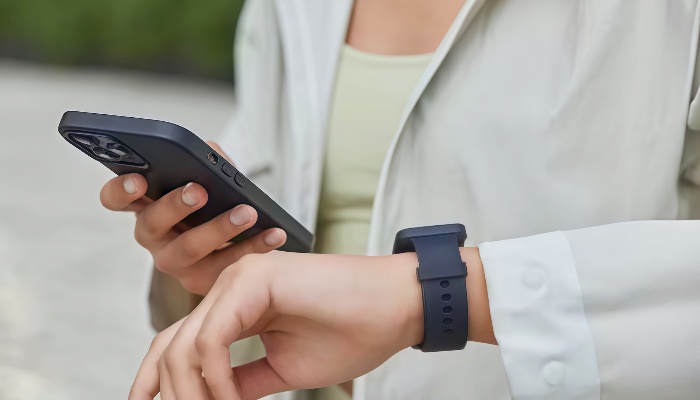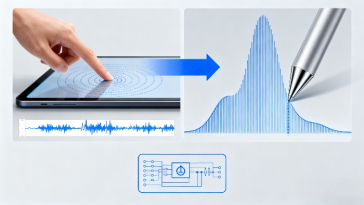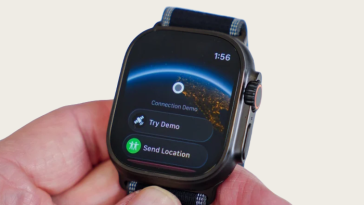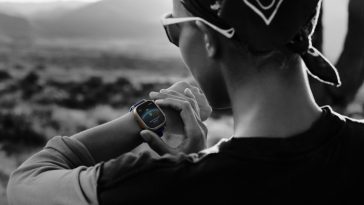Smartwatches have evolved beyond mere timepieces into powerful companions that integrate seamlessly into our digital lives. A critical aspect defining user experience today is their software ecosystem and the accompanying apps, which handle data management and provide personalized services. This article explores the core characteristics of software systems from leading brands like Apple and Huawei, evaluates the data management functionalities of their apps, and discusses how personalized services and social features enhance user engagement.
Software System Characteristics
Apple’s watchOS, the operating system for Apple Watch, is celebrated for its smoothness and fluid design. Its latest version, watchOS 26, introduces a vibrant new look with real-time rendering effects that enhance expressiveness and interaction. It integrates advanced intelligence with features like Workout Buddy—a personalized fitness coach that motivates users with spoken encouragement and tailored music suggestions during workouts. The software design maintains instant familiarity while improving navigation and interaction ease, which keeps the user experience consistently delightful.1
On the other hand, Huawei’s HarmonyOS presents a formidable advantage in inter-device connectivity. This universal platform enables seamless interconnection across a broad spectrum of smart devices, like speakers, fridges, and routers, allowing them to merge into “super devices” with minimal user intervention. HarmonyOS’s multi-device connectivity, implemented with simple tap, scan, or proximity pairing, allows for an integrated ecosystem that supports smooth interactions throughout daily life.2
Data Management and Synchronization in Companion Apps
Effective data management is vital for delivering a consistent smartwatch experience. Companion apps linked with smartwatches play a crucial role in syncing health, fitness, and activity data reliably and promptly. For example, Apple’s ecosystem benefits from technologies like CloudKit and WatchConnectivity, which ensure near-real-time data sync with median delays under 10 milliseconds and interactive messaging mechanisms that boast over 97% delivery success within a second. These protocols enable seamless state maintenance across devices, avoiding outdated or conflicting data situations. Apple’s use of encrypted transport protocols also ensures that sensitive information such as health metrics remains secure throughout data transmission.34
Similarly, Huawei’s ecosystem, backed by HarmonyOS, promises reliable connectivity and data exchange within its smart life framework, often with third-party device integrations under unified protocols. This ensures that the data flow within the ecosystem remains smooth and consistent, leading to enhanced user confidence in device interoperability and data accuracy.
Personalized Services: Custom Fitness and Health Plans
Personalization elevates the smartwatch experience from generic tracking to tailored coaching. Apps on these platforms often analyze users’ health and activity data to generate custom exercise programs and diet suggestions. Apple’s watchOS 26 introduces Workout Buddy, which intelligently adjusts motivational cues and music to suit individual workout types and user preferences. This personal touch fosters motivation and adherence by making fitness routines more engaging and contextually relevant.
Huawei’s HarmonyOS apps extend this by integrating health data across all connected devices. This allows for a holistic personal health ecosystem where exercise recommendations could factor in lifestyle and environmental data collected by an array of devices, making health management more comprehensive and personalized.2
Social Interaction Features Enhancing User Engagement
Social connectivity within smartwatch apps is an emerging driver of user retention. Users can engage with peers through features like fitness leaderboards, progress sharing, and messaging. Apple Watch users benefit from intelligent messaging features and workout sharing integrated seamlessly into watchOS, while other platforms include similar capabilities where users can share achievements and even compete in virtual challenges.
Furthermore, smartwatches enable quick messaging, voice commands, and access to social media updates, facilitating constant social engagement even on the move. The gamification and social sharing of fitness data help increase user motivation and habit formation around healthier lifestyles.5
This diverse software ecosystem supported by robust data management and personalized services indicates the smartwatches’ ongoing transformation into indispensable life companions beyond simple notifications and tracking. The integration of real-time synchronization, personalized coaching, and social interaction fosters an engaging and holistic user experience that encourages long-term use and satisfaction.
- https://www.apple.com/newsroom/2025/06/watchos-26-delivers-more-personalized-ways-to-stay-active-and-connected/
- https://en.wikipedia.org/wiki/HarmonyOS
- https://support.motowatch.com/portal/en/kb/articles/resolving-data-sync-issues-between-your-smartwatch-and-phone
- https://moldstud.com/articles/p-top-data-synchronization-techniques-for-watch-and-iphone-apps
- https://oasis.library.unlv.edu/cgi/viewcontent.cgi?article=1077&context=jms_fac_articles





 No products in the cart.
No products in the cart.